#Universe #Documentary #Space.
Join this channel to get access to perks:
https://www.youtube.com/channel/UC1ulZ3lMW1mU6sZSqcxDWEw/join
#Universe #Documentary #Space.
Join this channel to get access to perks:
https://www.youtube.com/channel/UC1ulZ3lMW1mU6sZSqcxDWEw/join
It could replace cartilage in knees and even help create soft robots 🤯
Is it a bird? Is it a plane? No, it’s ‘super jelly’ — a bizarre new material that can survive being run over by a car even though it’s composed of 80 per cent water.
The ‘glass-like hydrogel’ may look and feel like a squishy jelly, but when compressed it acts like shatterproof glass, its University of Cambridge developers said.
It is formed using a network of polymers held together by a series of reversible chemical interactions that can be tailored to control the gel’s mechanical properties.
All these bequests of your bigger brain cortex mean you can gather four generations around a meal to exchange banter and gossip, turn information into knowledge and even practice the art of what-not-to-say-when.
You may even want to be thankful for another achievement of our neuron-crammed human cortices: All the technology that allows people spread over the globe to come together in person, on screens, or through words whispered directly into your ears long distance.
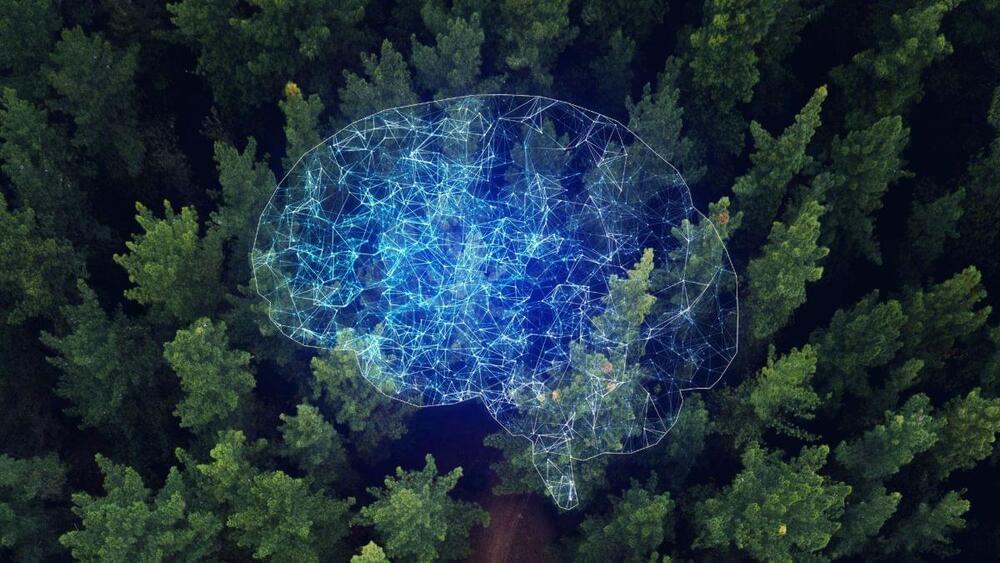
I continue to introduce you to a series of articles on the nature of human intelligence and the future of artificial intelligence systems. In the previous article “Artificial intelligence vs neurophysiology: Why the difference matters” we found out that the basis of the work of any biological nervous system is not a computational function (like in a computer), but a reflex or a prepared answer.
But how then did our intelligence come about? How did a biological system repeating pre-prepared reactions become a powerful creative machine?
In this article, we will answer this question in the language of facts. Creating our intelligence, nature has found a simple and at the same time ingenious solution, which is not devoid of a great mystery, which we will also touch.
Text-to-photorealism.
Nvidia deep learning technologies continue to do wonderful and weird things. Just a few weeks ago we saw how the company can use AI to automatically match voice lines to 3D animated faces. This cool kind of tech that can help people create great things with ease, or in the case of Nvidia’s latest unveiling, potentially horrible things, but still with ease.
We first saw Nvidia’s GauGAN a few years back. It was demonstrated to turn basic doodles into photorealistic images with a click of a few buttons. It’s pretty neat stuff, and definitely worth playing with. Now GuaGAN2 is out and it doesn’t even need your sketches to make highly detailed landscape images.
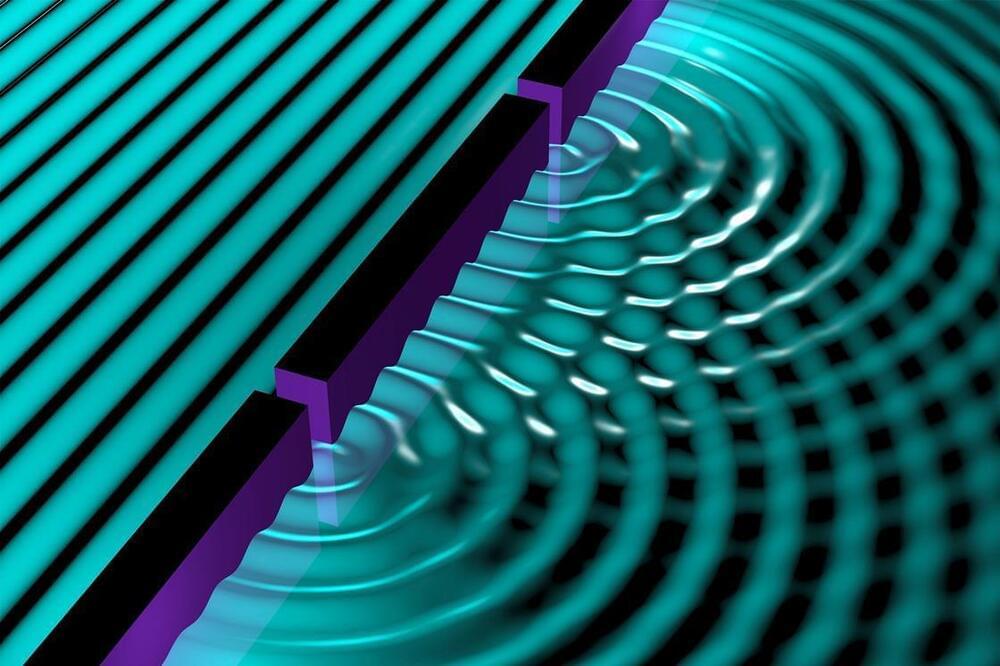
Researchers prepare ‘new type of matter’ to conduct classic wave-particle duality experiment.
The iconic quantum double-slit experiment, which reveals how matter can behave like waves that displays interference and superposition, has for the first time been demonstrated with individual molecules as the slits.
Richard Feynman once said that the double-slit experiment reveals the central puzzles of quantum mechanics, putting us ‘up against the paradoxes and mysteries and peculiarities of nature’.
Richard Zare, Nandini Mukherjee and their co-workers at Stanford University, US, have now shown that when helium atoms collide with deuterium molecules (D2) in quantum superposition of states, the scattering can take two different paths that interfere with one another. The researchers reveal the interference by looking at its effects on the scattered D2 molecules, which lose rotational energy in the collision.
See customers interact with a second example of Project Tokkio, a Maxine-powered AI talking kiosk. This reference application leverages NVIDIA Metropolis vision AI and Riva speech #AI technology to communicate with the user. It uses NVIDIA’s Megatron-Turing NLG 530B, a state-of-the-art language model for understanding intent and NVIDIA Merlin to make meaningful recommendations. The 3D avatar is animated and visualized with NVIDIA Omniverse to deliver a visually stunning experience—all in real time.
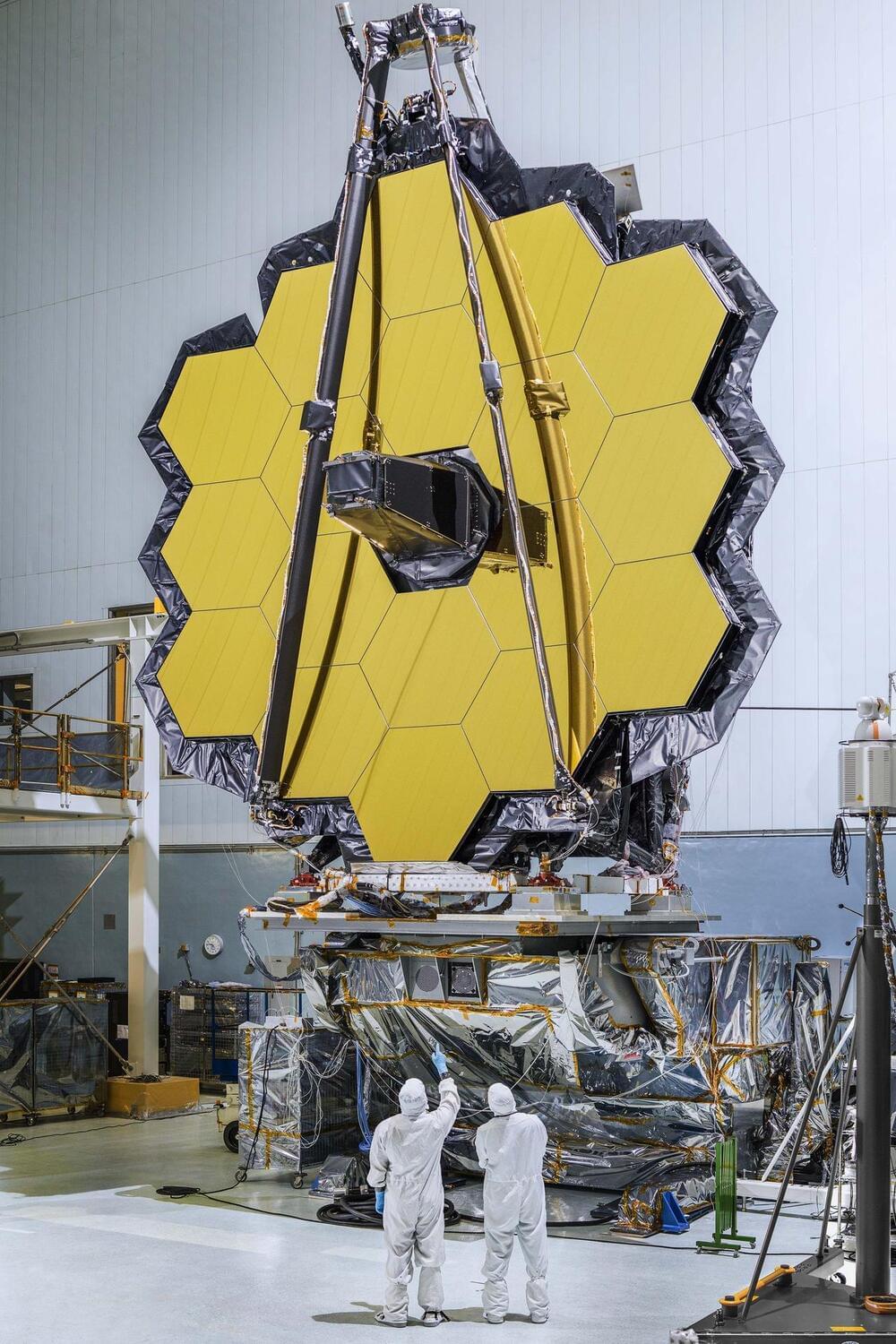
Preparations continue toward a target launch date of Dec. 22: https://blogs.nasa.gov/webb/2021/11/24/testing-confirms-webb…-22-launch
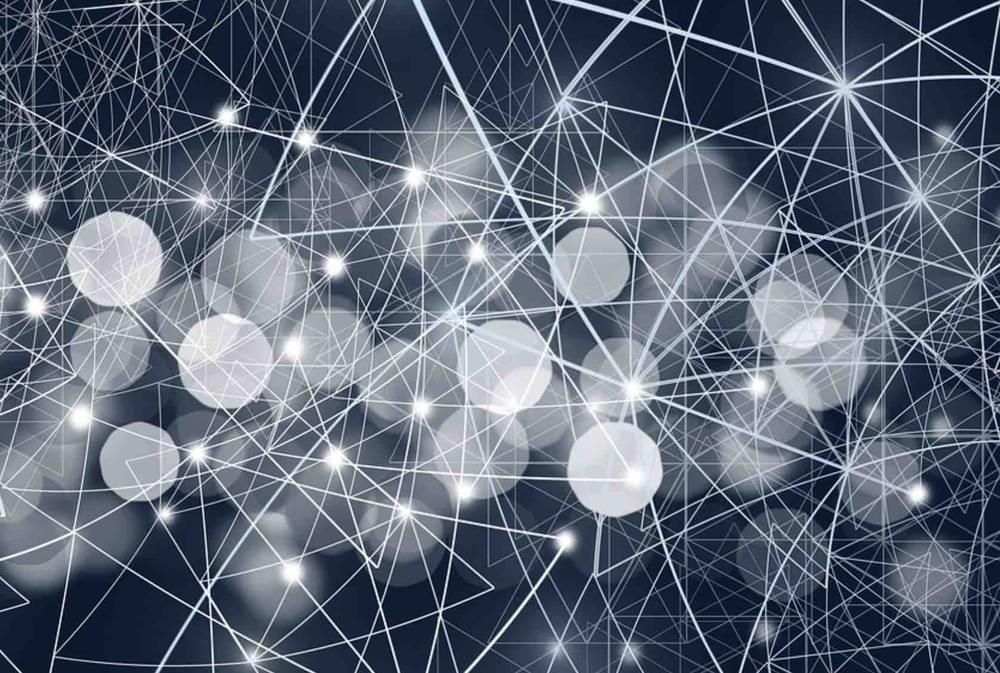
It’s almost Time to use our AI Brothers to search for and Welcome our Space Brothers. Welcome AI and Space friends.
The best public policy is shaped by scientific evidence. Although obvious in retrospect, scientists often fail to follow this dictum. The refusal to admit anomalies as evidence that our knowledge base may have missed something important about reality stems from our ego. However, what will happen when artificial intelligence plays a starring role in the analysis of data? Will these future ‘AI-scientists’ alter the way information is processed and understood, all without human bias?
The mainstream of physics routinely embarks on speculations. For example, we invested 7.5 billion Euros in the Large Hadron Collider with the hope of finding Supersymmetry 0, without success. We invested hundreds of millions of dollars in the search for Weakly Interacting Massive Particles (WIMPs) as dark matter 0, and four decades later, we have been unsuccessful. In retrospect, these were searches in the dark. But one wonders why they were endorsed by the mainstream scientific community while less speculative searches are not?
Consider, for example, the search for equipment in space from extraterrestrial civilizations. Our own civilization launched five interstellar probes. Moreover, the Kepler satellite data revealed that a substantial fraction of all Sun-like stars have an Earth-sized planet at the same separation. Given that most stars formed billions of years before the Sun, imagining numerous extraterrestrial probes floating in interstellar space should not be regarded as more speculative than the notions of Supersymmetry or WIMPs.
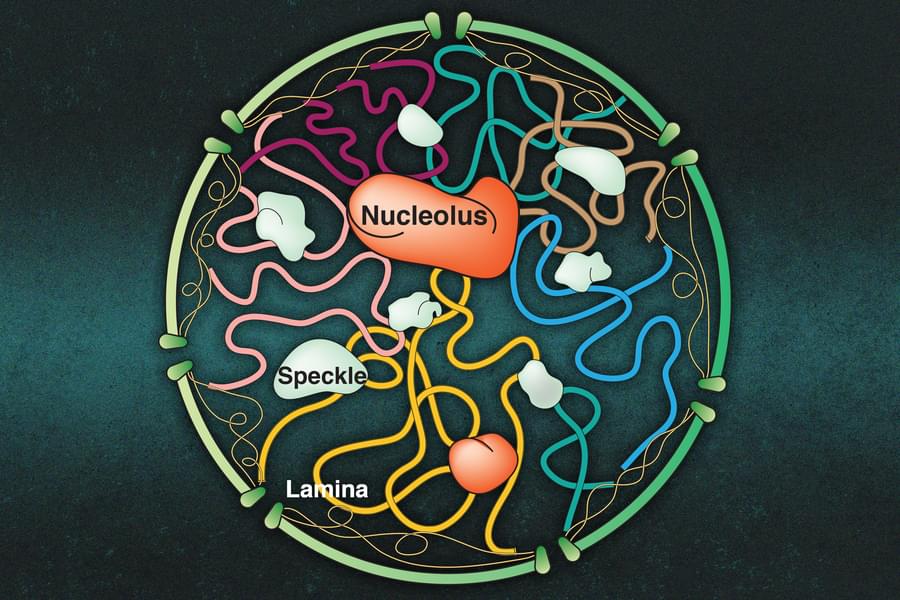
A cell stores all of its genetic material in its nucleus, in the form of chromosomes, but that’s not all that’s tucked away in there. The nucleus is also home to small bodies called nucleoli — clusters of proteins and RNA that help build ribosomes.
Using computer simulations, MIT chemists have now discovered how these bodies interact with chromosomes in the nucleus, and how those interactions help the nucleoli exist as stable droplets within the nucleus.
Their findings also suggest that chromatin-nuclear body interactions lead the genome to take on a gel-like structure, which helps to promote stable interactions between the genome and transcription machineries. These interactions help control gene expression.